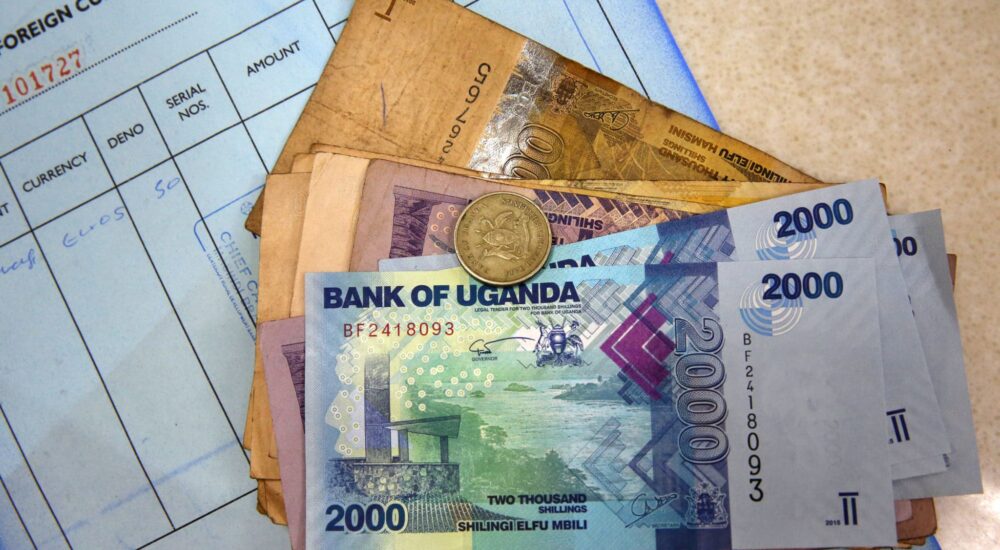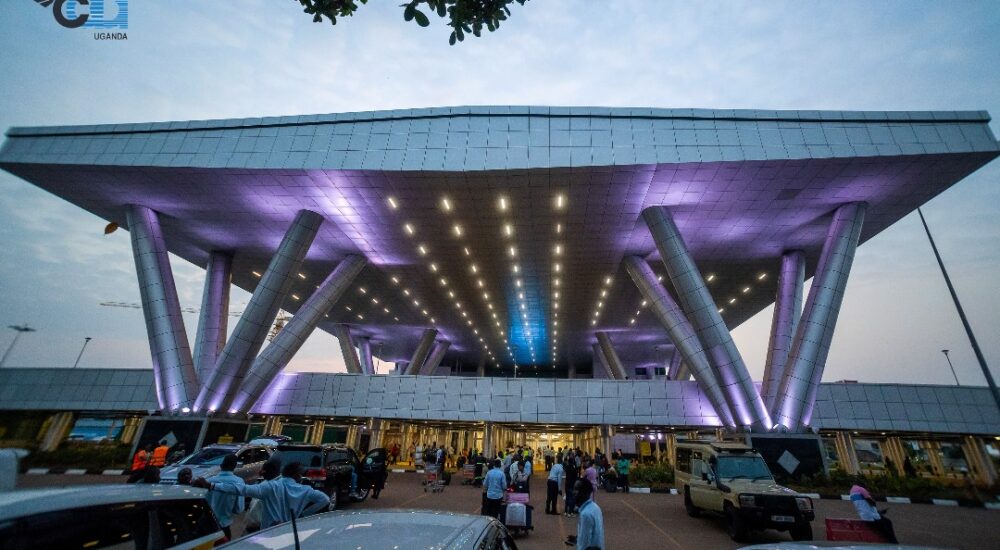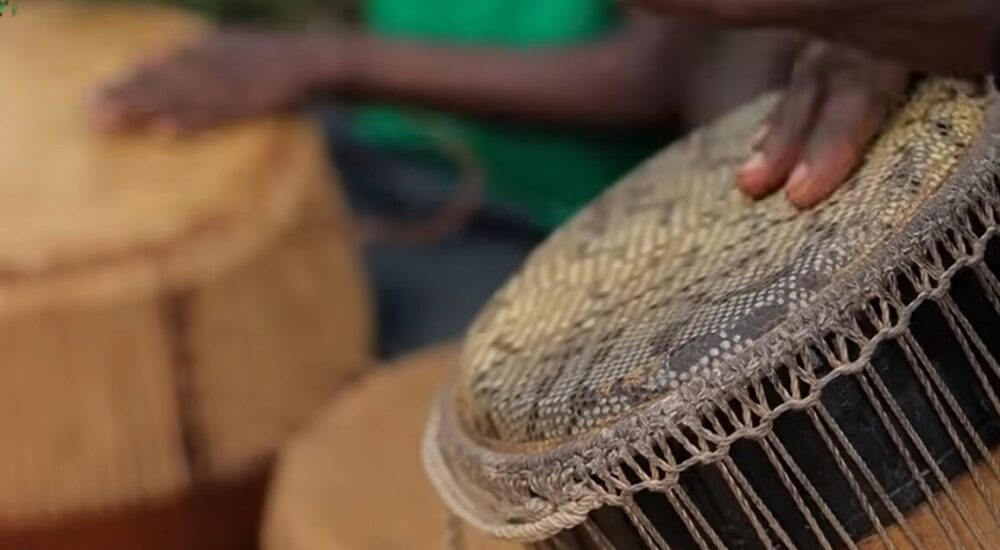Uganda, also known as the "Pearl of Africa," offers an array of experiences for travelers—from…
Tribes in Ethiopia
Tribes in Ethiopia—For hundreds of years, Ethiopia’s native tribes (about 200,000 people) lived totally separate from modern society. They relied on the land and old traditions and customs to make a living. Recently, though, progress and modernity have slowly made their way south. There are now a network of asphalted roads connecting villages that used to be cut off from each other, and warriors are turning in their spears for cell phones more and more.
A look at the tribes in Ethiopia
For now, though, a trip to this southern part of Ethiopia will give you an interesting look into the rich cultural heritage and tribal customs of the people who live in the Omo Valley. For example, the Hamer’s bull jumping ceremony is a rite of passage, and the Karo have beautiful body markings.
The Karo people live in Ethiopia.
The Karo tribe lives on the eastern shore of the Omo River. With an estimated 1,500 to 3,000 people, they are the smallest ethnic group in the Omo Valley.
Being creative is what People from the Karo are known for being great at drawing faces and bodies. The paint is made from things like white chalk, charcoal, and yellow colored rock that can be found in the area. Men used to be the only ones who wore the intricate designs to keep bad spirits away. Now, both men and women wear them as a way to show off their beauty and show what they mean in society.
The Hamer and Karo tribes both do the Bula initiation process, in which young men jump over rows of cattle to show that they are now adults. If the man makes it through the jump, it means he is ready to get married. The Karo, on the other hand, think of this rite as very private, unlike the Hamer. They will do it in secret, away from tourists and other tribes.
Mosque Groups in Ethiopia
The 10,000 people who are part of the Mursi group live in the southern part of the Omo Valley, close to Egypt. A lot of people are interested in the Mursi women because they put plates made of wood or clay in their bottom lips. In traditional cultures, this is a rite of passage for women as they become adults. These days, though, some women choose not to follow this.
The men of Mursi are known for being fierce fighters. Men fight each other with two-meter-long poles called dongas in stick battles to show the women how brave and virtuous they are. Most of the time, these fights happen in July and August, after the harvest. Tourists are no longer allowed to watch this ceremony of ritualized violence because their presence has led the tribesmen to fight more violently, hurting or killing some of them.
Tree People in Ethiopia
A small group of herders live in the southwest corner of Omo Valley, close to Lake Chew Bahir. They are the Arbore people. The unique and bright beadwork that the women of the Arbore wear all over their bodies is the most noticeable thing about them.
The Arbore mostly follow Islamic religion, but they also follow some old traditions. Men can have up to four wives, and each one gets a new name when they get married. New women are often named after the husband’s favorite cows.
Ethiopia’s Aari Tribes
The Aari people live in the lush hills around Jinka and on the edge of Mago National Park. They are farmers. They grow a lot of different things, like coffee, wheat, barley, and maize. The women are known for being very good at making pottery.
Nyangatom: groups of people in Ethiopia
In the past, the Nyangatom tribe’s fighters were the most feared in all of Ethiopia. The Nyangatom tribe lived in dry, semi-desert land with few water sources and few places to graze their animals. This was often the main cause of conflict with nearby tribes.
When things are calm, the Nyangatom are semi-nomadic farmers and herders who make a living by growing foods like tobacco, maize, and sorghum and taking care of their beloved cattle. They are also well-known among the groups for being able to tell stories and sing well.
Dorze: Ethiopian tribes
In the Guge mountains, where the Dorze people live, there are beautiful views of Arba Minch and the Rift Valley lakes. The Dorze don’t fight like they used to; now they are farmers who are very good at making cotton. The people grow their own food on terraced fields next to the mountains. They grow highland cereal, veggies, fruit, and tobacco. Their beautiful homes are shaped like beehives and are made from enset leaves. Some of these homes with domes will be 10 meters tall!
Tsamai: Ethiopian tribes
Most of them live in and around the town of Weyto, which is 50 km away from Jinka. They speak the same tongue as the Hamer tribe, which lives nearby. They grow sorghum, millet, and cotton on the fertile land along the Weyto River. Like many other groups in the Omo Valley, they also take care of animals. In this area, women usually wear pretty leather skirts, and men wear very short shorts and carry a small wooden stool, which is a common item.
Hamer: Ethiopian tribes
The Hamer people are friendly and live off the rich land along the Omo River. They grow sorghum, millet, veggies, tobacco, cotton, and raise goats and cattle.
People from that group are known for the complicated wigs they make with clay and feathers and other small items. The women have layers of necklaces with beads and bands of metal around their arms. Jewelry that women who are married or engaged wear shows how much money their husband has.
A event where young boys jump over a bull is a rite of passage for Hamers on their way to becoming adults. At the start of the event, male relatives who have already been initiated will dance and whip female relatives. Then, young Hamer men make amazing jumps over rows of bulls.
Banana
The Borana are Ethiopia’s biggest ethnic group. They live on the border between Ethiopia and Kenya and are mostly semi-nomadic herders. Because the area is hard and mostly desert, the Borana are always moving around to find water and grasslands for their cattle. During the dry season, the Borana sometimes have to dig deep wells to get water. Men will sing to keep the beat while moving buckets of water from the well to the thirsty cattle. This is why these wells are called “singing wells.”
The “Gadda,” which is the Borana way of running their government, controls all of the community’s political, economic, social, and religious actions. The elders will talk about issues affecting the community under a holy fig tree until everyone agrees on a choice. A talking stick is passed around the group to keep things calm and make sure everyone has a chance to talk.
Banned
The Banna people live east of the Omo River in the Chari Mountains. Their customs and language are very similar to those of the Hamer. About 45,000 people live in the Banna tribe. They mostly raise cattle, but they are also known for collecting honey, which has become an important source of income for the tribe.
The Banna men’s very complicated wigs, which include a clay cap with feathers on top of it, are easy to spot. Making the style takes a long time, and once it’s done, people sleep on special stools that look like cushions to keep it in good shape. At the same time, the women have pretty beads in their hair.
Visitors who are lucky may be able to see the Banna doing their routine dancing and singing while they wear long clothes and paint chalk on their faces and bodies.
Now that you have a full list of all the different tribes in Ethiopia, let’s go on a culture tour of some of them. Get in touch with us for custom plans.


